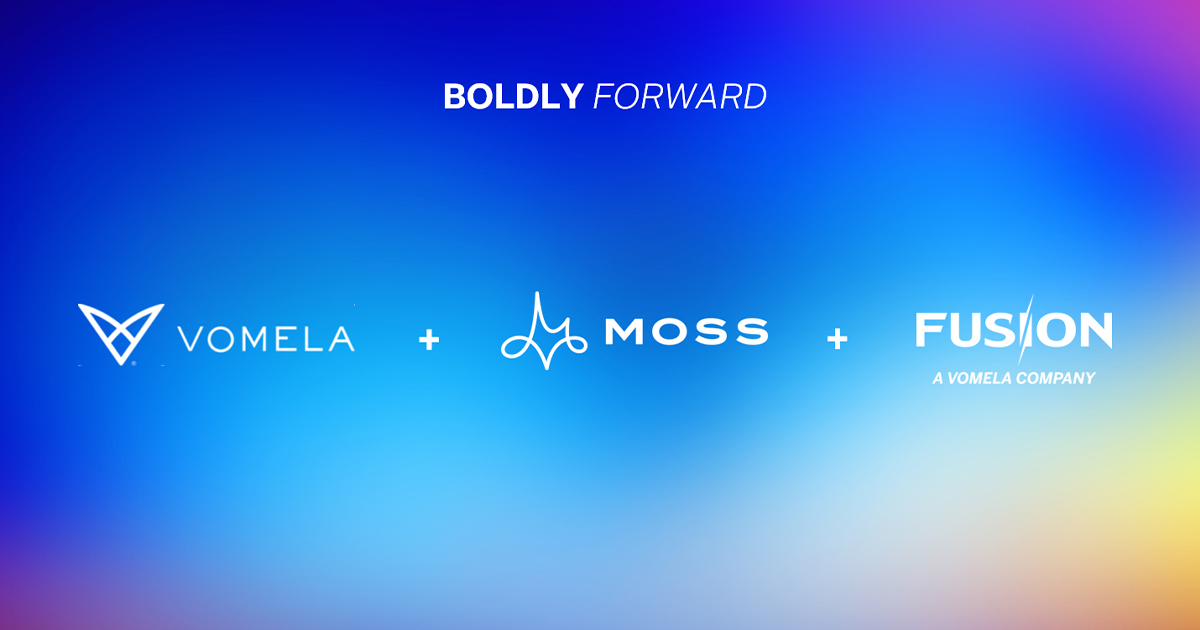
Put Some Life in Your Lifecycle with Direct Mail

The fact that a customer lifecycle exists is well understood. People search for a product or service; they eventually buy something, and then they use it. Along the way, they might have a series of interactions with a company or brand, based on the need for upgrades, additional products, support, or some other issue.
Yet many marketing leaders continue to fall into the trap of viewing the purchase cycle through a microscope. It’s a bit like the old axiom: if all you have is a hammer, everything looks like a nail. While marketing and sales remain critical functions—and this won’t change in the foreseeable future—there’s a somewhat counterintuitive concept that resides outside this myopic view: focusing too heavily on the purchase cycle will likely undermine sales.
Integrating marketing into the entire customer lifecycle is critical. When a company achieves this more holistic view, it’s possible to ratchet up the value equation for customers—and build greater brand loyalty. This, in the end, leads to Total Experience (TX), a framework that supports all the highly coordinated departments, workflows, processes, and interactions. The result is the best possible experience for customers at any moment in the lifecycle.
But what’s the secret to best-practice TX? It’s all about delivering the right message, response, or interaction at precisely the right moment. What’s required to make this happen? An organization must have powerful data and analytics tools available—and adopt a marketing framework that balances digital and physical interactions. This hybrid approach might include phone calls, face-to-face interactions, and direct mail.
Moving Beyond Static Marketing
One thing is clear: Escaping the gravitational pull of traditional marketing is critical. By 2024, Gartner predicts that brands proficient at delivering a total experience will outperform competitors by 25 percent in satisfaction metrics.
Yet, achieving TX can be remarkably difficult. The most successful organizations fuse customer experience (CX) and user experience (UX) into a more dynamic marketing and business model. Not only do they possess a vision about what they want to achieve within marketing—and beyond—they have a view into the mechanics of all the various interactions.
Indeed, an organization must pick up the right signals, interpret them correctly, and then act in a way that benefits the company—yet appeals to the customer. Gartner notes that an effective TX framework is built on reducing friction, creating value, establishing consistency across channels, and promoting trust. When organizations succeed, a multi-experience (MX) framework emerges.
Direct mail is a powerful complement to email, advertising, and various forms of online communication. It is a crucial part of the multi-experience mindset.
Direct mail is a crucial part of a multi-experience mindset. While it might seem somewhat stodgy, expensive, and vague—particularly contrasted with today’s digital tools and elements—it decidedly is not. Direct mail is a powerful complement to email, advertising, and various forms of online communication.
Simply put, it helps a brand stand out. An attractive cruise brochure or a sample cosmetic product can help turn prospects into customers, while encouraging existing customers to try a new product—perhaps something they didn’t know about or had never considered buying in the past. Physical artifacts transform abstract web images into tangible products by appealing to human senses. Suddenly, a person can see, touch, smell, and/or hear the product.
In fact, Forrester Research has declared simply that “direct mail drives customer engagement across the buyer journey.” While the consulting firm acknowledges that there’s no single recipe for success, direct mail is highly effective when it’s “applied as one part of an organizations’ overall marketing strategy, complementing and amplifying other digital and human touchpoints in the buyer journey.”
That’s the good news. However, in an recent report, Hybrid Experiences Bring Direct Mail Into The Digital Age, Forrester found that the vast majority of marketing executives don’t grasp that a high level of personalization is possible with direct mail. Only 17 percent of respondents to its survey (conducted with PFL) said they personalize campaigns, and 54 percent noted that their customer systems are no longer compatible with direct mail. Half also said they prefer the measurability and optimization of digital touchpoints.
On the other hand, successful marketers understand the value of a hybrid approach and how it fuels a multi-experience and TX framework, Forrester reported. Overall, 72 percent of these respondents use direct mail for early product or service discovery; 63 percent to the point of conversion; and 54 percent through customer engagement and enrichment. This more evolved marketing and business framework fosters deeper brand relationships and encourages customer advocacy.
Building a Better Model for Marketing
In practical terms, what does a best-practice TX framework look like? Forrester lists critical events and moments across the customer lifecycle, including customer welcomes, business milestones, life events, live events, meetings, influencer engagement, cold opportunities, and deal acceleration. These tactical tools can be applied at various strategic inflection points, such as engagement, discovery, exploration, and purchasing.
For example, a company might send a promotional gift or offer at the midpoint of the actual buying cycle or invite the customer to a special event when it detects that the person or company might be the market for an upgrade or a new product. It might also include a free item or meaningful coupon for a birthday or life event. And, depending on the product or service, a customer representative might initiate a phone call or email to see if the customer is enjoying the product or whether he or she has questions or any problems using it.
This formula not only helps counter the growing problem of digital burnout, but it also makes a company and brand more relevant across the customer lifecycle. Suddenly, the relationship feels more natural, balanced, and dynamic. Instead of feeling bombarded by marketing and tuning out all the noise, a customer feels receptive—even enthusiastic—about the relationship. In the end, everything seems more authentic and human.
A growing number of marketing leaders are getting on board. While many missed the opportunity to adopt a hybrid approach and are struggling to catch up, Forrester found that 54 percent of the survey respondents reported upping their direct mail spending during the current year, and 69 percent said they expect to spend more next year. That represents a 27 percent year-over-year rise.
Create Engagement Experiences
Forrester’s final advice? Integrate direct mail into the marketing stack, including CRM; create digital breadcrumbs that support measurement and attribution across the customer lifecycle; and focus on systems and technology, particularly automation, that help marketers think and act more strategically. This approach creates more engaging experiences that lead to MX and TX.
To be certain, a modern direct-mail-led hybrid experience, Forrester noted, gives marketers greater power to do the right thing while boosting customer satisfaction and engagement. When all the various touchpoints are aligned across the customer lifecycle, it’s possible to focus less on the act of selling and more on building a stronger and more attractive brand. The result is a company that’s equipped for today’s incredibly challenging environment.



